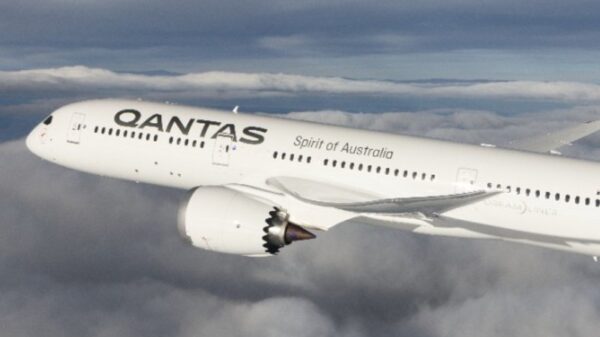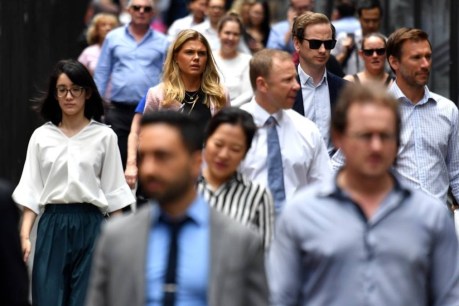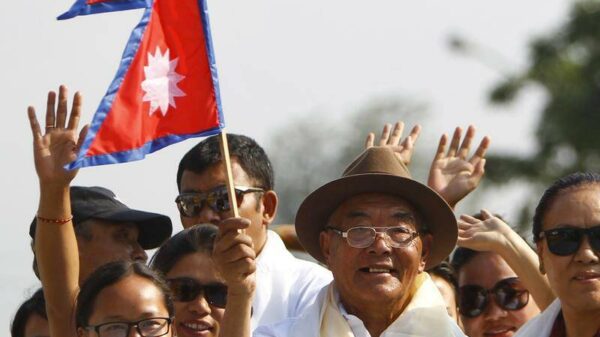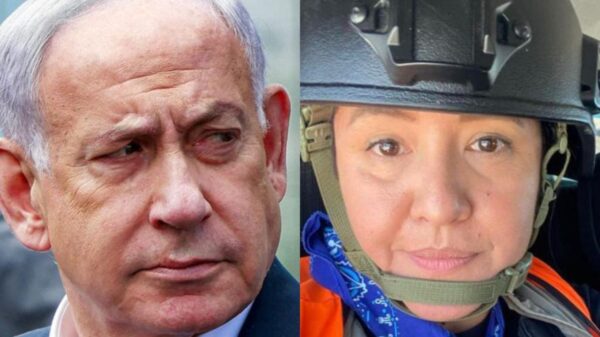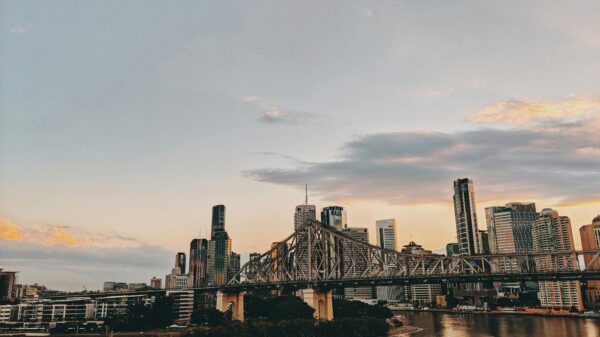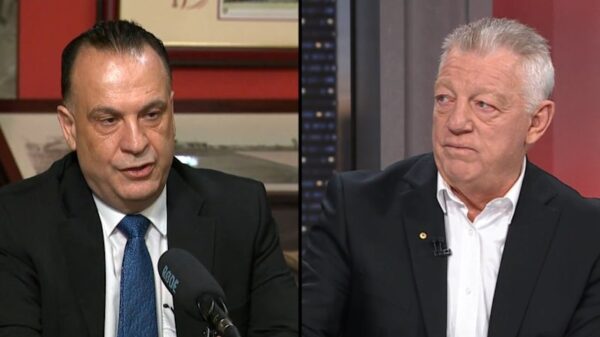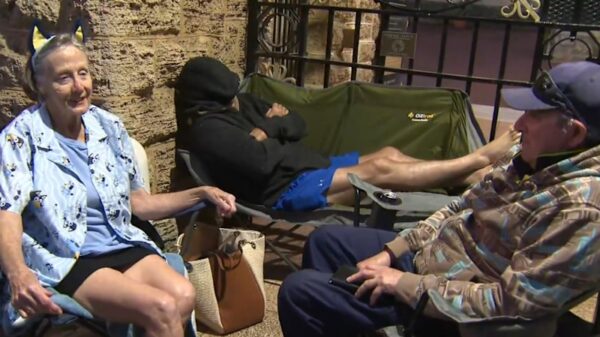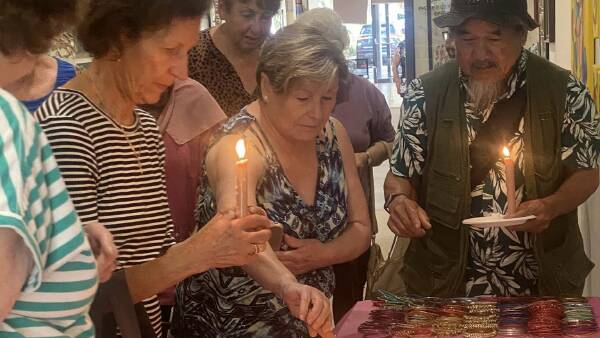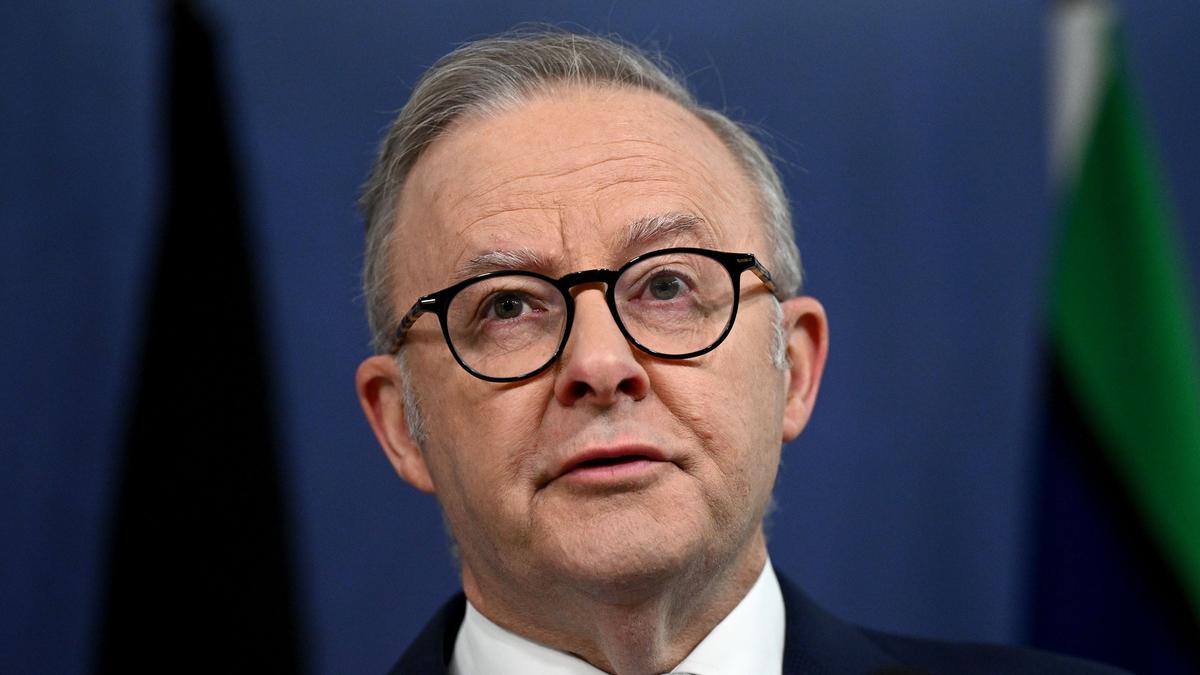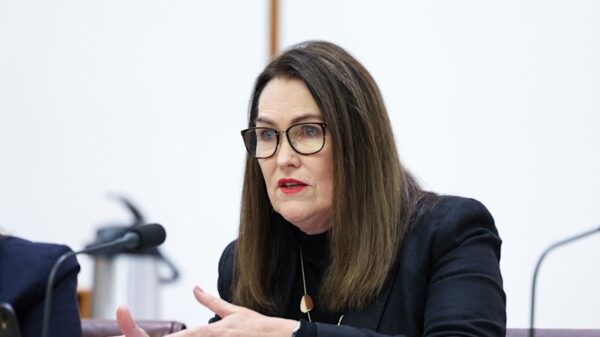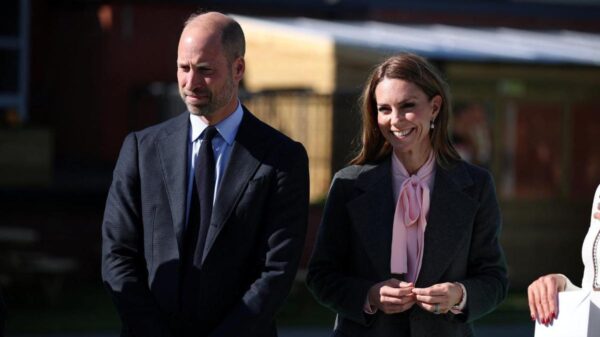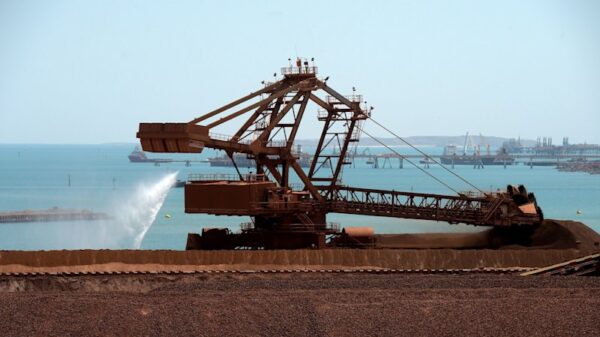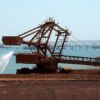Australian Prime Minister Anthony Albanese is on a significant six-day tour of China, focusing on enhancing tourism and trade ties amidst growing concerns about his administration’s engagement with the United States. The trip, which includes visits to Beijing, Shanghai, and Chengdu, is framed as a crucial step in revitalizing Australia’s economic relationship with China following a period of tension under the previous government.
During this tour, Albanese aims to address the economic implications of the strained relationship, highlighting recent improvements in trade. Key Australian exports, such as barley, live rock lobster, wine, and beef, have seen a resurgence, signaling a thaw in relations. Albanese’s visit comes at a time when he faces criticism for not having met directly with US President Donald Trump to negotiate tariff exemptions and discuss the $368 billion trilateral AUKUS defence agreement.
Albanese is scheduled to meet with Chinese President Xi Jinping and Premier Li Qiang, and he is expected to receive a warm welcome in China. Accompanying the Prime Minister is a delegation from the Business Council of Australia, which includes prominent leaders from industries such as banking, mining, and higher education. Notable figures on the trip include Fortescue Metals Group Executive Chairman Andrew Forrest, BHP CEO Geraldine Slattery, and HSBC Chief Antony Shaw.
Economic Benefits and Tourism Focus
Forrest emphasized the importance of Albanese’s visit, stating that collaboration between Australia and China could lead to the establishment of large-scale industries focused on green technology. He noted, “The economic benefits would be profound for both countries: tens of thousands of new jobs, an upskilled workforce, and a solution to one of the world’s biggest climate threats – the global steel industry.”
The significance of China as Australia’s largest export market cannot be overstated. Simon Ireland, ANZ’s International Managing Director, highlighted the strategic partnership that China represents for Australian businesses, particularly in facilitating trade across Asia. The trip also aims to strengthen ties within the tourism sector, with the Prime Minister set to visit Trip.com headquarters, a major player in travel services that collaborates with Australian tourism organizations.
Data shows that mainland Chinese visitors contributed $9.2 billion to the Australian economy in the year ending March 2025, making China the most valuable tourism market for the country. The 860,000 trips taken by Chinese tourists during this period accounted for approximately a quarter of all international visitor spending in Australia. This reflects a sharp recovery, with visitation increasing by 26 percent and spending rising by 28 percent compared to the previous year.
Building Community and Cultural Links
Albanese also stressed the importance of community connections that underpin Australia’s economic relationship with China. He remarked on the vibrant Australian-Chinese community, as well as cultural exchanges, such as Australian footballers participating in events in Shanghai. The Prime Minister plans to meet with senior representatives from the Shanghai Port Football Club, including former Socceroo Kevin Muscat, further emphasizing the cultural ties between the two nations.
This tour represents Albanese’s second visit to China as Prime Minister, and it aims to solidify economic partnerships while fostering goodwill in the face of previous diplomatic challenges. As the six-day itinerary unfolds, the focus on tourism and trade could pave the way for a more collaborative future between Australia and China, essential for both nations’ economic prosperity.




